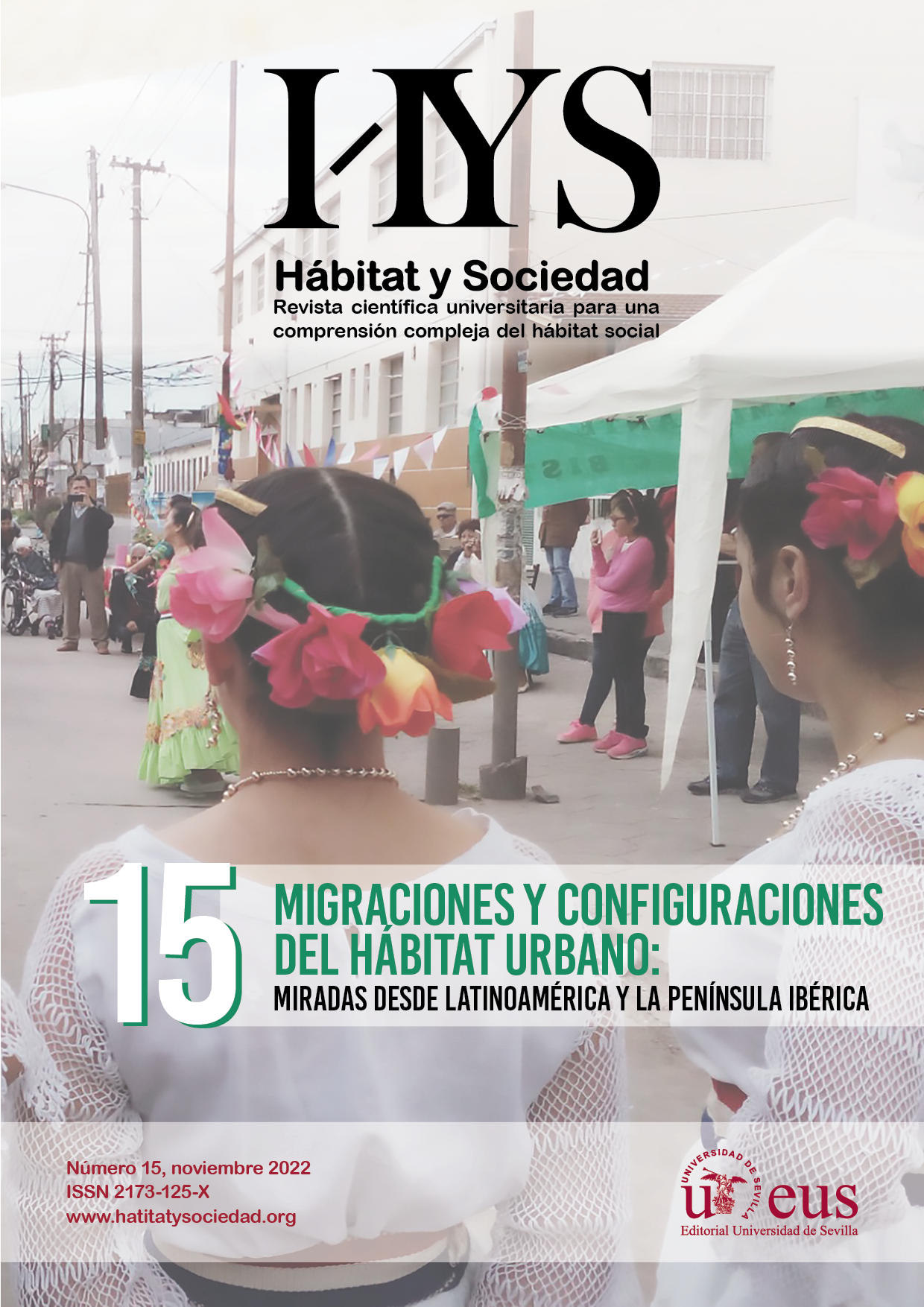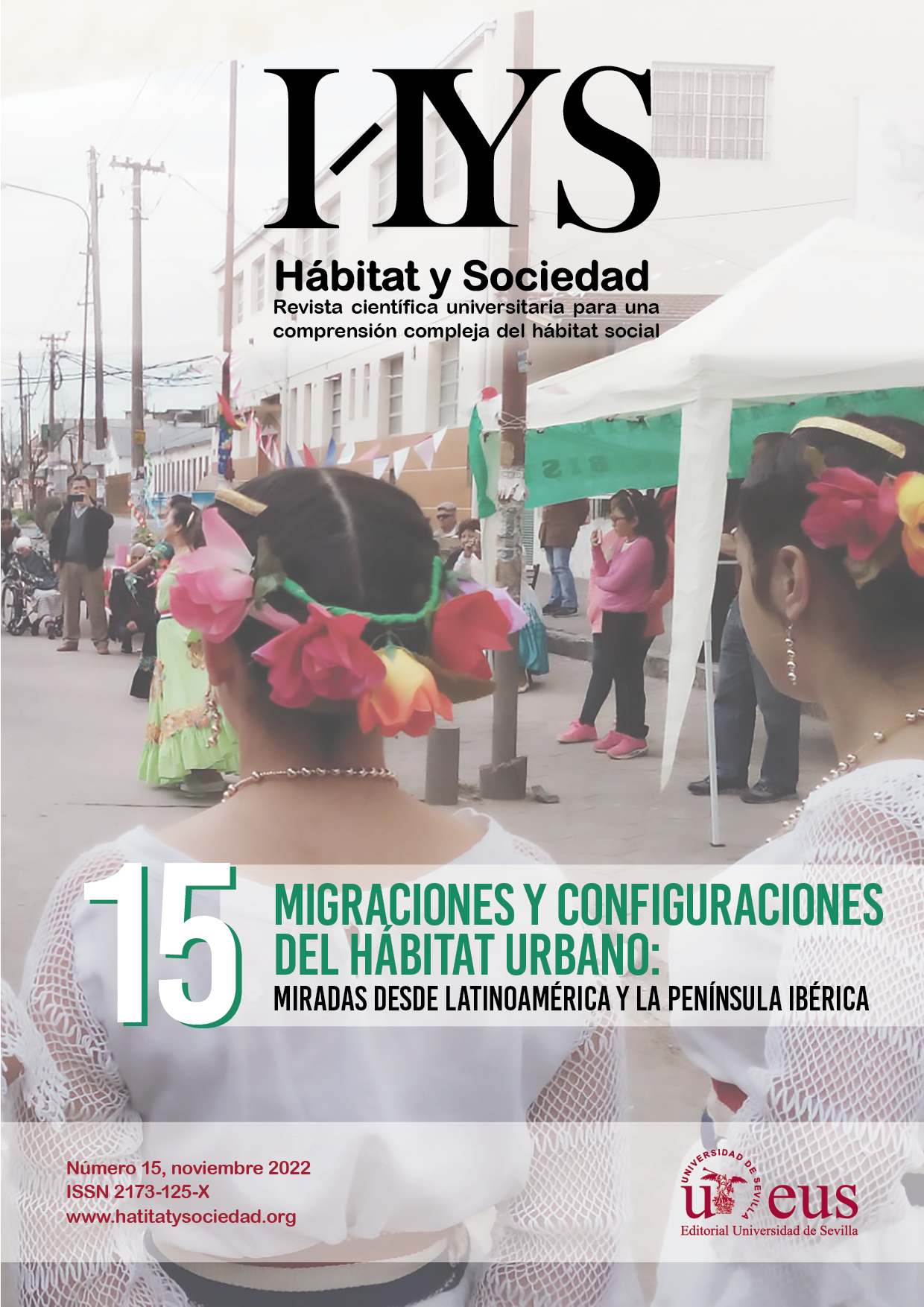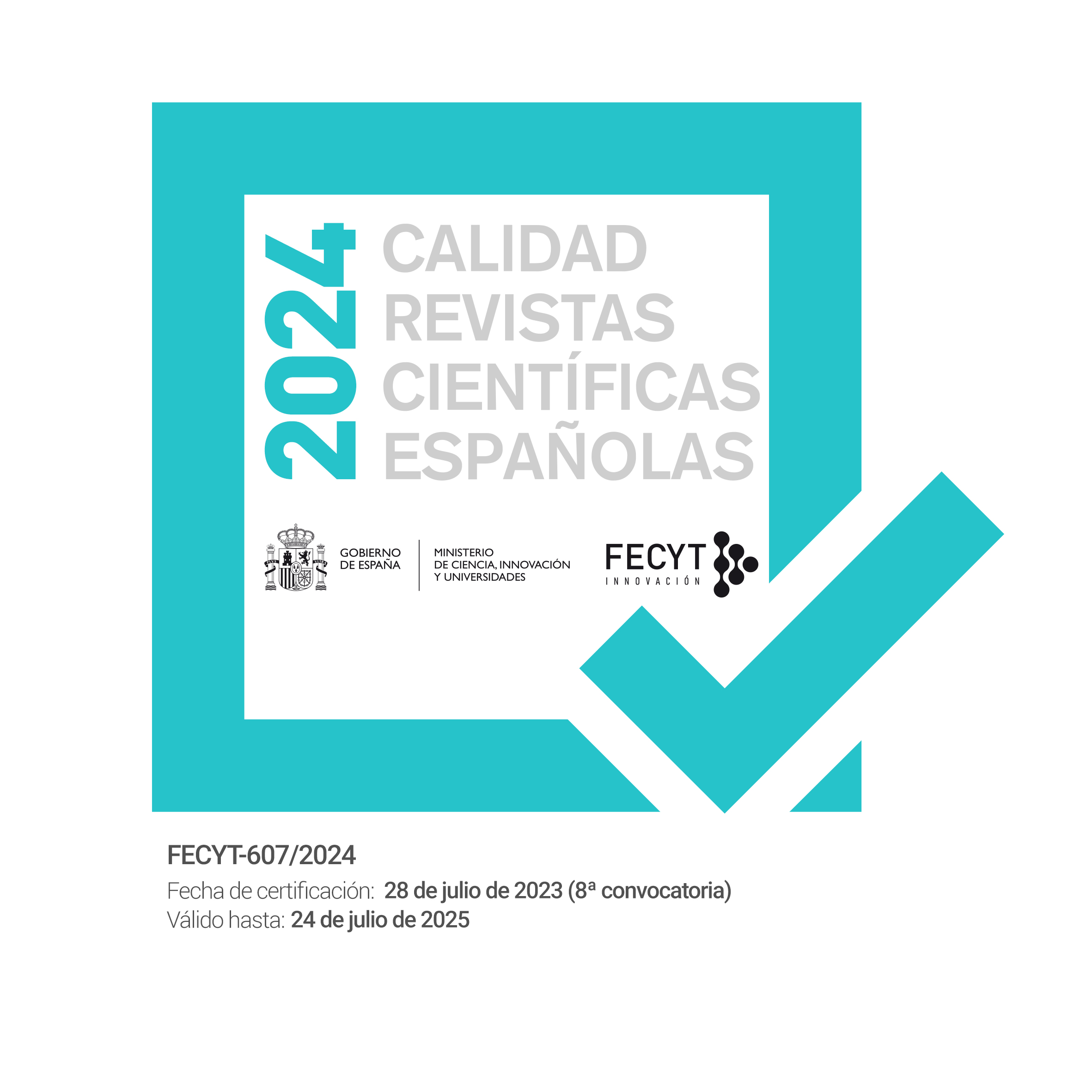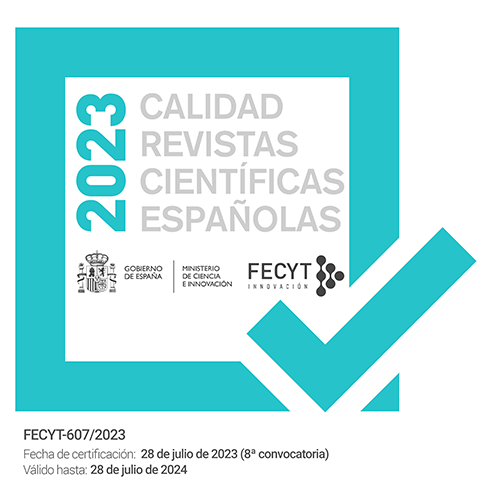EDITORIAL TEAM
Esteban de Manuel Jerez, PhD (Editor-in-Chief)
Ibán Díaz Parra, PhD (Editor)
Secretary
Glenda Dimuro Peter, PhD
Marta Donadei, PhD
Publication Frecuency: Hábitat y Sociedad is published in November in one yearly volume.
ISSN: 2173-125X
https://doi.org/10.12795/HabitatySociedad














